
Brum: not so hum drum
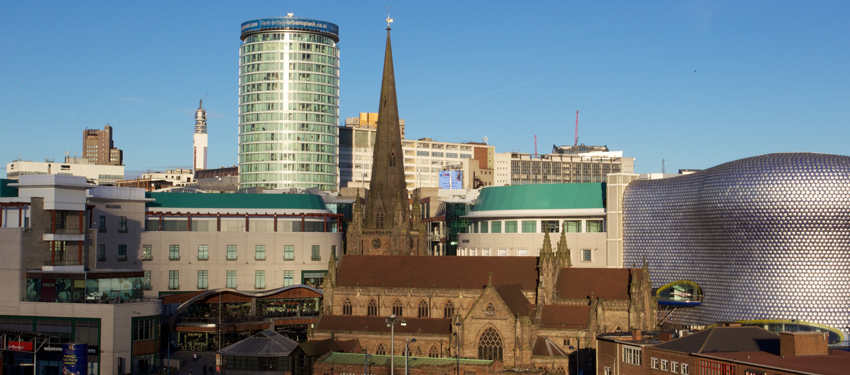
YOU can blame just about everyone for the state Britain’s second city found itself in.
You can blame the Germans for bombing the place during World War II. You can blame the British for razing much of what was left.
You can even blame an American, Bill Bryson, for his travelogue, Notes from a Small Island, where he resurrected a saying you can blame on the French.
While “être de Birmingham” may literally mean “to be from Birmingham”, in Gallic parlance, Bryson assures us, it means “to be bored to death”.
So who can blame UK visitors for giving this city, more than any other in the country a petri dish for 1960s urban planning, a wide berth?
“It’s a crime they knocked down New Street station,” says my guide and lifelong Brummie Andy Munro, referring to the decision to bury the station — one of the country’s busiest — beneath a concrete shopping centre with all the grace and poise of a paving slab.
Meanwhile, urban motorways either tore straight through city streets or played chicken with ancient churches, swerving to avoid them at the last instant, sometimes by inches.
But, amends have been made. Daylight is again due to stream into the station, many of the motorways have been removed, the most impressive historic buildings — such as the Romanesque town hall — have been spruced up and the worst of the 1960s architecture has been felled.
This city of more than a million, which is now only one stop from Australia, boasts about its world-class shopping and eateries and is an easy base to discover the tourist must-sees of Stratford and Oxford.
One of the newest symbols of the city is the Library of Birmingham. Andy tells me its exterior, clad in black and gold, is based on a pile of books.
“You either love it or you hate it but at least it’s bloody interesting,” he says.
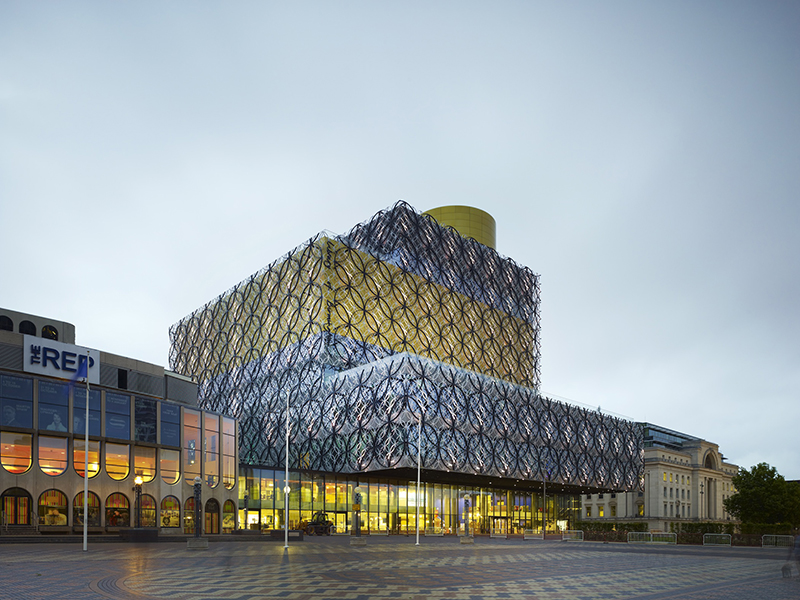
Inside, the $180 million building feels like Westfield and Hogwarts had a one night stand and, somehow, bore a wondrous offspring. Blue neon fringed escalators ascend the building’s bright drum depositing visitors to every genre imaginable.
But magical secrets abound. Locked balconies of dark and dusty tomes glide past, just out of reach. As the building tapers towards its summit, rooftop gardens reveal themselves, letting library goers glimpse the ever changing skyline. Then, the biggest surprise. Hidden in the roof of this utterly modern structure is the 19th century Shakespeare Memorial Room. Plucked from the wreckage of a building destroyed 40 years ago, it now houses Britain’s most important collection of the author’s work.
The streets below sing with the sounds of transformation, of steel screeching against steel, echoing the nearby car factories. A mass of people propel me towards the Bull Ring, the hub of the city for 800 years ever since local landowner, Peter de Bermingham, received permission from the king to open a market. Today it houses one of the UK’s busiest shopping centres (pictured below).
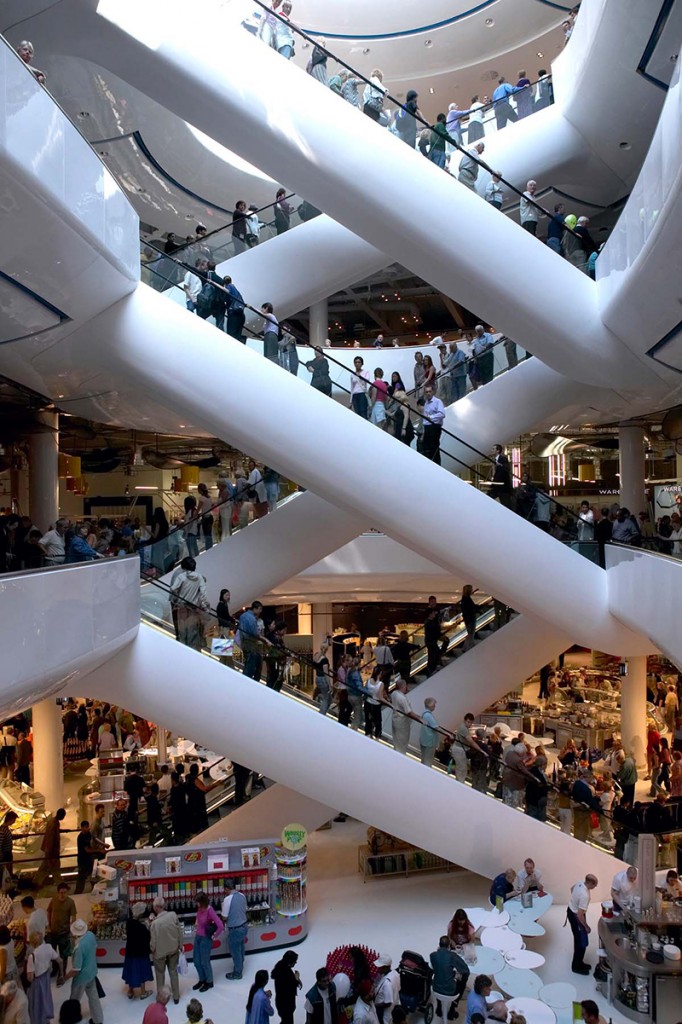
I escape the hubbub by walking along the motorways of another era — Birmingham’s multitude canals. Once shipping goods from all over England, now barges drift lazily past old pubs, hanging baskets overflowing with pink geraniums, on their way to the Mailbox.
This former postal sorting office now contains designer shops and the boutique Malmaison hotel. A riot in red and black, the hotel offers something a little more distinctive than your average chain with nice touches like chocolates on the pillows and a day spa.
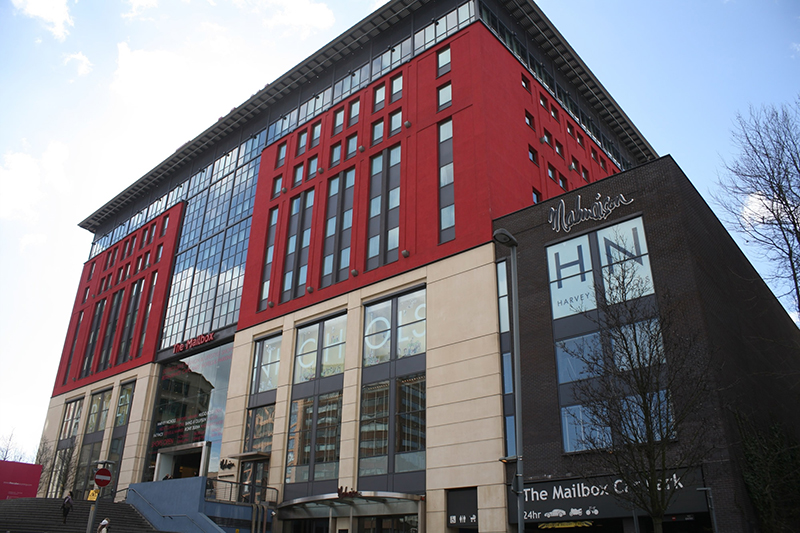
There is food to be eaten though and my first stop takes me under the railway arches in the industrial suburb of Digbeth. Here, once a month, a local nightclub becomes a chilled out after work mix of music, beer and paper plates, as food trucks take over and offer steamed dumplings and sticky American ribs.
However, the real foodie’s drawcard is a South Asian dish invented in the city.
The suburb of Sparkbrook is the centre of Pakistani Birmingham where greengrocers selling fat melons and bitter gourd jostle for space with wedding dress shops laden with brightly coloured, rhinestone encrusted creations.
“Having a curry is like watching the recorded highlights of the football,” Andy tells me, as we settle in at the Shabab restaurant.
“Balti is like a watching the whole match.”
Balti was a way to speed up the slow-cooked tradition of South Asian cuisine to suit British palates and schedules.
“In Balti spices are added during the cooking and meat is off the bone to make things faster,” adds Andy, author of the Essential Street Guide to Balti.
“It’s about simplicity and informality.”
Our thin-pressed steel bowls arrive — importantly the same ones the food was cooked in — and the dish, of chicken in a tomato sauce livened up with dashes of turmeric, fenugreek and garam masala, is noticeably lighter than your average curry.
“Rice destroys the integrity of the dish,” Andy says.
So, we tear at naan breads almost the size of the table and plunge them into the bowl.
Over dinner, Andy reveals the candlesticks for Elton John’s wedding were made not far away, in the city’s Jewellery Quarter. Could there be a better commendation for Birmingham’s gay scene which numbers around 20 venues crowded together close to the Bull Ring?
I head first for the Loft Lounge. With its chandeliers and table runners it’s like a relaxed Saturday afternoon at your rich friend’s house. But the night is drawing on and the crowds are moving to the altogether more raucous Village Inn.
Inside, Sandra, a drag queen from London, is keeping the crowd entertained with a medley of live songs, saucy jokes and audience participation.
She focuses on two young French men who insist they aren’t partners. In a mix of bad French and better English she implores them to get together. In case they don’t understand she uses hand signals to labour the point. The centime has dropped, their eyes widen, the audience roars in approval.
I head back to the Malmaison for a late night “Spot of Tea”. Except this thirst quencher is a cocktail made up of gin, Pimm’s, lemon juice, apricot jam and homemade Earl Grey syrup.
Well, after an exhausting day exploring a city reinventing itself into a thriving urban metropolis, who can blame me?
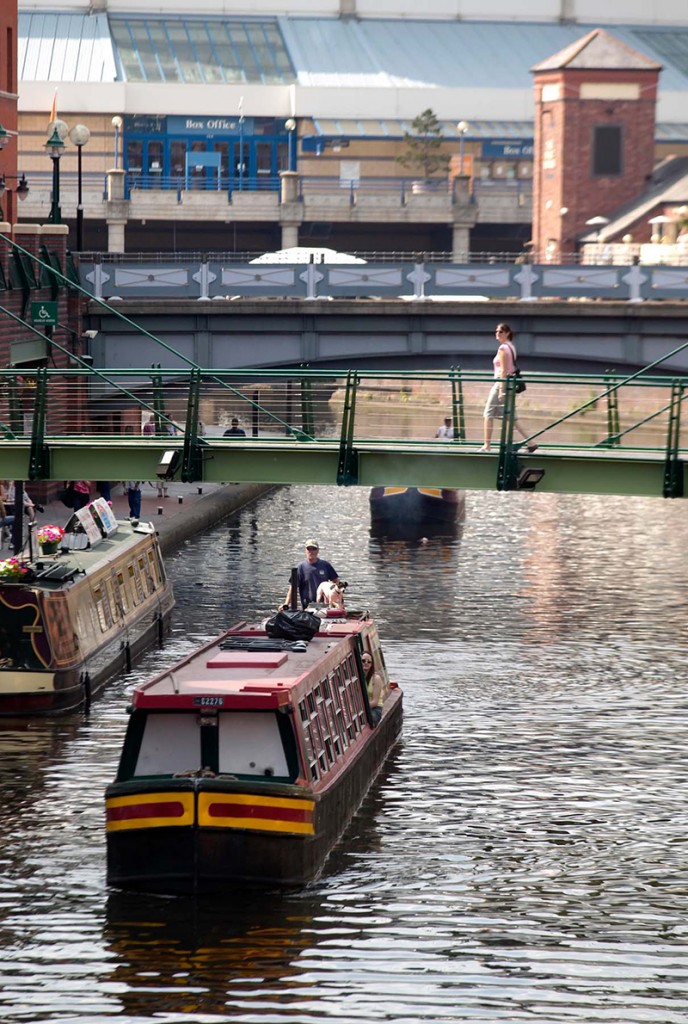
The journalist stayed in Birmingham courtesy of Visit Birmingham.
**This article first appeared in the October issue of the Star Observer. The November issue will hit the streets on Thursday, October 16. Click here to find out where you can grab your free copy in Melbourne, Sydney, Brisbane, Adelaide, Canberra and select regional areas.










I’m from Birmingham but emigrated 12yrs ago to settle in Brissie. Birmingham city centre has totally transformed itself for the better.
I went to art college there and spent five great years of my life there before all the changes. It is truly a marvel to be seen even more so now.